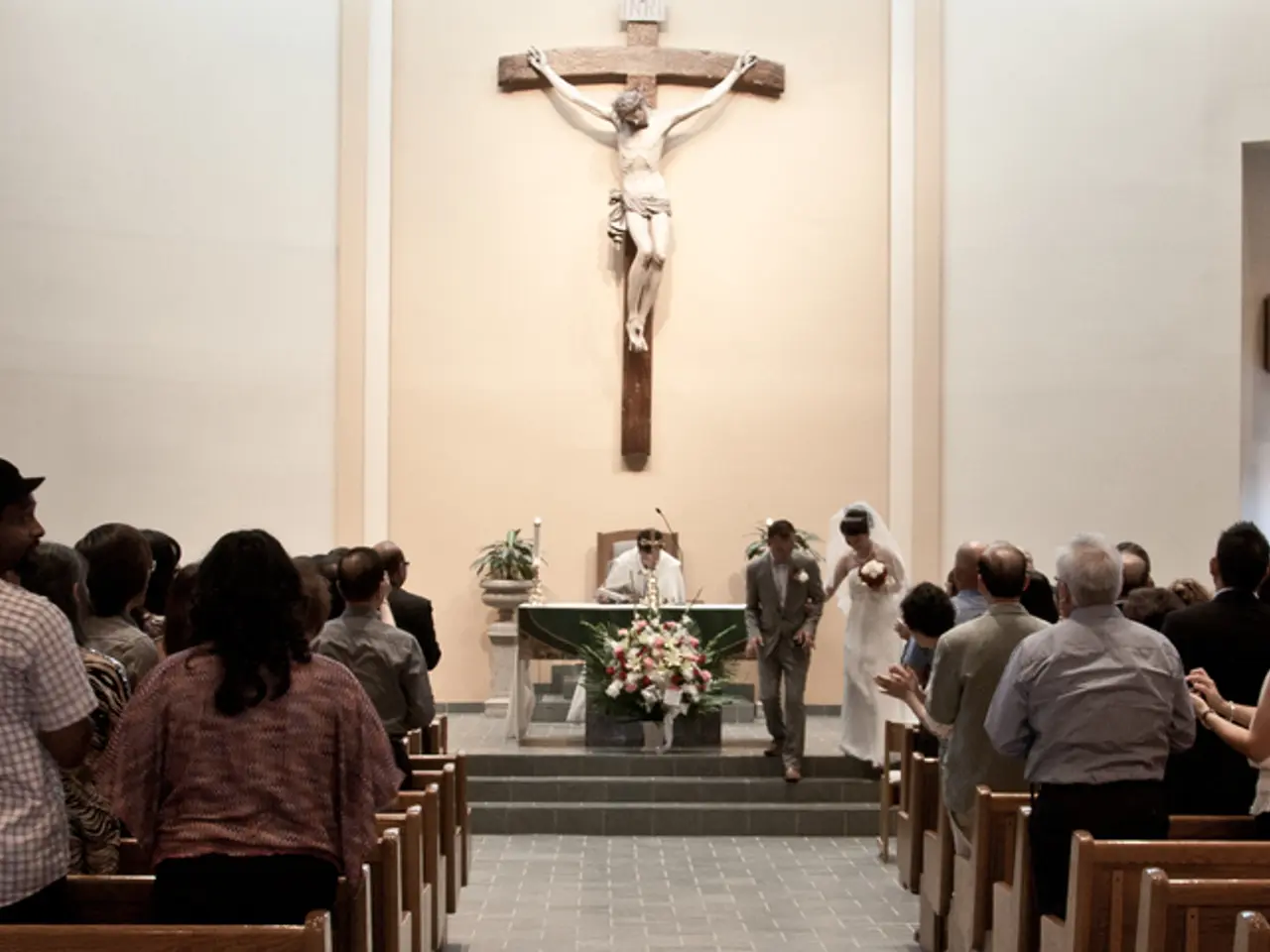Diplomatic Meeting between Trump and Armenia-Azerbaijan duo, titled "Peace Summit"
The United States is set to sign bilateral agreements with both Armenia and Azerbaijan, focusing on economic development, following a peace summit announced by former President Donald Trump. The summit, scheduled for Friday at the White House, will involve high-level representatives from both nations.
The core of the peace agreement, initialed and published in early August 2025, establishes peace and interstate relations based on mutual recognition of territorial integrity as existed under the USSR. It opens the door for full diplomatic normalization and commits both sides to cease hostilities permanently.
A key component of the agreement is the strategic transit corridor agreement, signed at the White House on August 8, 2025. This agreement grants the US exclusive special development rights for 99 years over a 27-mile corridor, termed the Trump Route for International Peace and Prosperity (TRIPP). The corridor will develop rail, oil, gas, fiber optic, and possibly electricity infrastructure, connecting Azerbaijan with its exclave Nakhchivan and reducing regional influence of Iran, Russia, and China.
However, several important issues remain unresolved. Armenia must amend its Constitution to remove references to Nagorno-Karabakh, a condition set by Azerbaijan. The agreement did not address governance or the return rights for ethnic Armenians displaced from Nagorno-Karabakh after Azerbaijan’s military takeover. Both countries agreed to remove third-party forces like Russian peacekeepers and EU ceasefire monitors from their border. Armenia seeks to diversify its foreign relations, including reopening its closed border with Turkey, while Azerbaijan wants all territorial claims removed from Armenian legal texts.
Regional players such as Iran have expressed concerns and have threatened to block the corridor over security issues, despite initially welcoming the peace deal.
The peace agreement represents a major breakthrough with formal commitments to peace and cooperation, but it depends on constitutional changes in Armenia and further negotiations on contentious issues like Nagorno-Karabakh governance and displaced persons. Full normalization and a comprehensive final treaty are still pending.
The conflict in Nagorno-Karabakh, a region that has been under Azerbaijan's military pressure since its loss to Azerbaijan in 2023, has led Armenia into a severe political crisis. Trump claimed that he was the one to finally bring success to ending the conflict between the two long-standing rival nations.
The exact details of the peace agreement will be revealed during the official ceremony with the signing of the agreement.
- The peace agreement between Armenia and Azerbaijan, focused on peace and interstate relations, is not only about ending war-and-conflicts, but also involves politics surrounding the governance of Nagorno-Karabakh and the return rights for displaced ethnic Armenians.
- Although the peace agreement marks a significant step in general-news by committing both nations to cease hostilities permanently and establishing a strategic transit corridor, there are still pending negotiations and constitutional changes, particularly regarding Nagorno-Karabakh and Armenia's foreign relations with Turkey.






